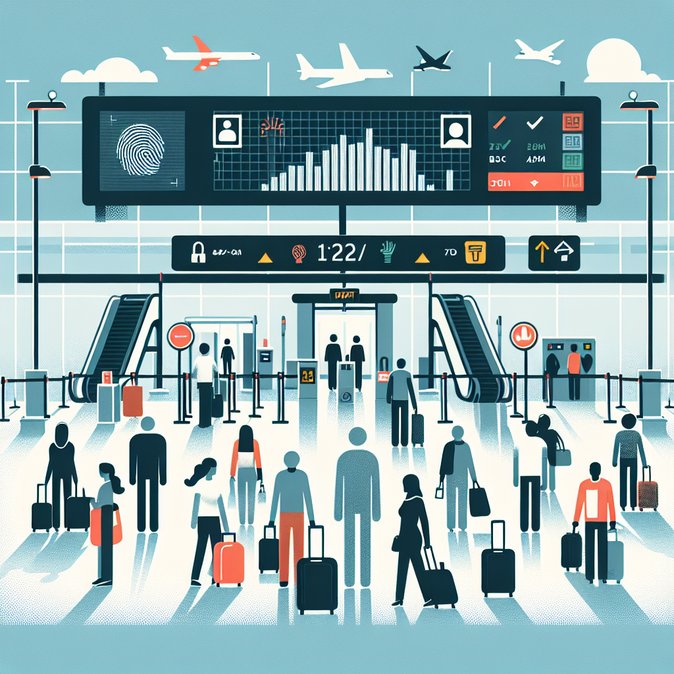
State-owned airport operator Aena announced today that its Spanish and international network handled 35.1 million passengers in October, a 4.5 % jump on the same month last year and the strongest October on record. Year-to-date traffic stands at 329 million, already 4.1 % ahead of 2024’s full-year figure.
Madrid-Barajas led the surge with 6.4 million passengers, but second-tier hubs also posted double-digit growth: Tenerife South (+12 %), Seville (+11 %) and Bilbao (+9 %). Cargo volumes climbed 9.3 %, reflecting the continued near-shoring of supply chains through Iberian ports and airports.
![Aena airports top 35 million passengers in October, signalling robust business-travel rebound]()
For corporate travel planners, the numbers matter because Aena’s fee structure is demand-linked. Strong traffic makes it less likely that the Spanish regulator will approve airline requests to delay the 6.6 % fee increase scheduled for 2026—costs companies will ultimately absorb in higher ticket prices.
The footprint expansion is also tied to the EU’s new Entry/Exit System (EES). Aena confirmed that after pilot tests in Madrid, full biometric kiosks are now live in Tenerife South, cutting average non-EU processing times by 40 %. Roll-outs in Málaga and Barcelona are slated for Q1 2026, giving mobility managers a clearer picture of where to route large groups once ETIAS requirements kick in.
Aena’s CEO Maurici Lucena said the figures “validate Spain’s position as the business-travel gateway to Latin America and North Africa” and pledged further investment in passport e-gates and lounge capacity ahead of next summer’s high season.
Madrid-Barajas led the surge with 6.4 million passengers, but second-tier hubs also posted double-digit growth: Tenerife South (+12 %), Seville (+11 %) and Bilbao (+9 %). Cargo volumes climbed 9.3 %, reflecting the continued near-shoring of supply chains through Iberian ports and airports.

For corporate travel planners, the numbers matter because Aena’s fee structure is demand-linked. Strong traffic makes it less likely that the Spanish regulator will approve airline requests to delay the 6.6 % fee increase scheduled for 2026—costs companies will ultimately absorb in higher ticket prices.
The footprint expansion is also tied to the EU’s new Entry/Exit System (EES). Aena confirmed that after pilot tests in Madrid, full biometric kiosks are now live in Tenerife South, cutting average non-EU processing times by 40 %. Roll-outs in Málaga and Barcelona are slated for Q1 2026, giving mobility managers a clearer picture of where to route large groups once ETIAS requirements kick in.
Aena’s CEO Maurici Lucena said the figures “validate Spain’s position as the business-travel gateway to Latin America and North Africa” and pledged further investment in passport e-gates and lounge capacity ahead of next summer’s high season.










